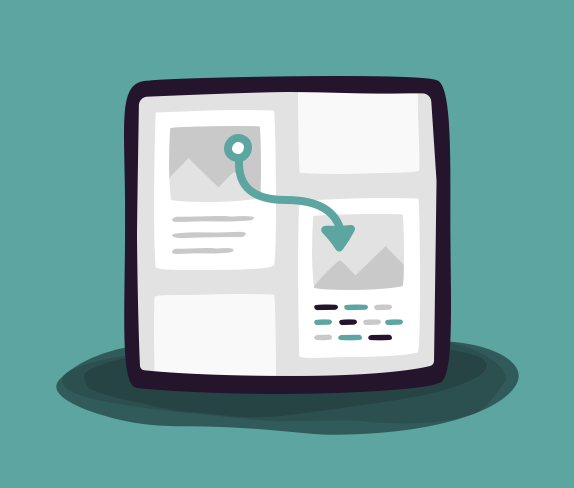Prototyping for Digital Products and Websites will teach you how to use prototypes as way to a communicate and collaborate with clients, coworkers, and other stakeholders.
About This Course
In this course, you will learn how to utilize prototyping techniques, when to create a prototype, how to determine which method to use, and why you should prototype. We’ll also touch on using prototypes to facilitate user testing as well as for communication and collaboration. Finally, we’ll take a look at some examples of best prototyping practices.
Course Outline
-
Chapter 1: The Lay of the Land
Learn what a prototype is, review common industry terminology, and briefly explore the history of prototyping in the digital product design space.
-
Chapter 2: Why Prototype?
Discover why and how prototyping helps different members of an organization. Additionally, learn how prototypes evolve from low fidelity (such as sketches) to high fidelity (interactive, clickable screens) as well as how prototyping differs from other design activities.
-
Chapter 3: Real-Life Examples
Study common use cases for prototyping through examples from real projects. Learn how your prototyping approach should be based on the context of your audience and the desired end result. Learn how to focus your attention on the most important aspects of a prototype when building one.
-
Chapter 4: Types of Prototyping Approaches and Services
Explore commonly used prototyping methods and web services and how to choose the best one for your team.
-
Chapter 5: Common Misconceptions
Prepare for battle. Not everyone is convinced that prototypes are useful. We will discuss common misconceptions and give you evidence to help build your case for prototyping.
-
Chapter 6: So I Made a Prototype; Now What?
Learn best practices for handing off your assets and prototypes including how to annotate your work, organize your design files, and summarize your findings. Whether your designs are static or interactive, the more context you can provide to people outside of your team, the better.
-
Chapter 7: Next Steps
Continue building your foundation through various readings, resources, and other tutorials to create effective prototypes for digital products.
Prerequisites
- Mac or Windows desktop or laptop
- There is no specific software required, though we will describe a variety of applications that you may choose to use after the course.

